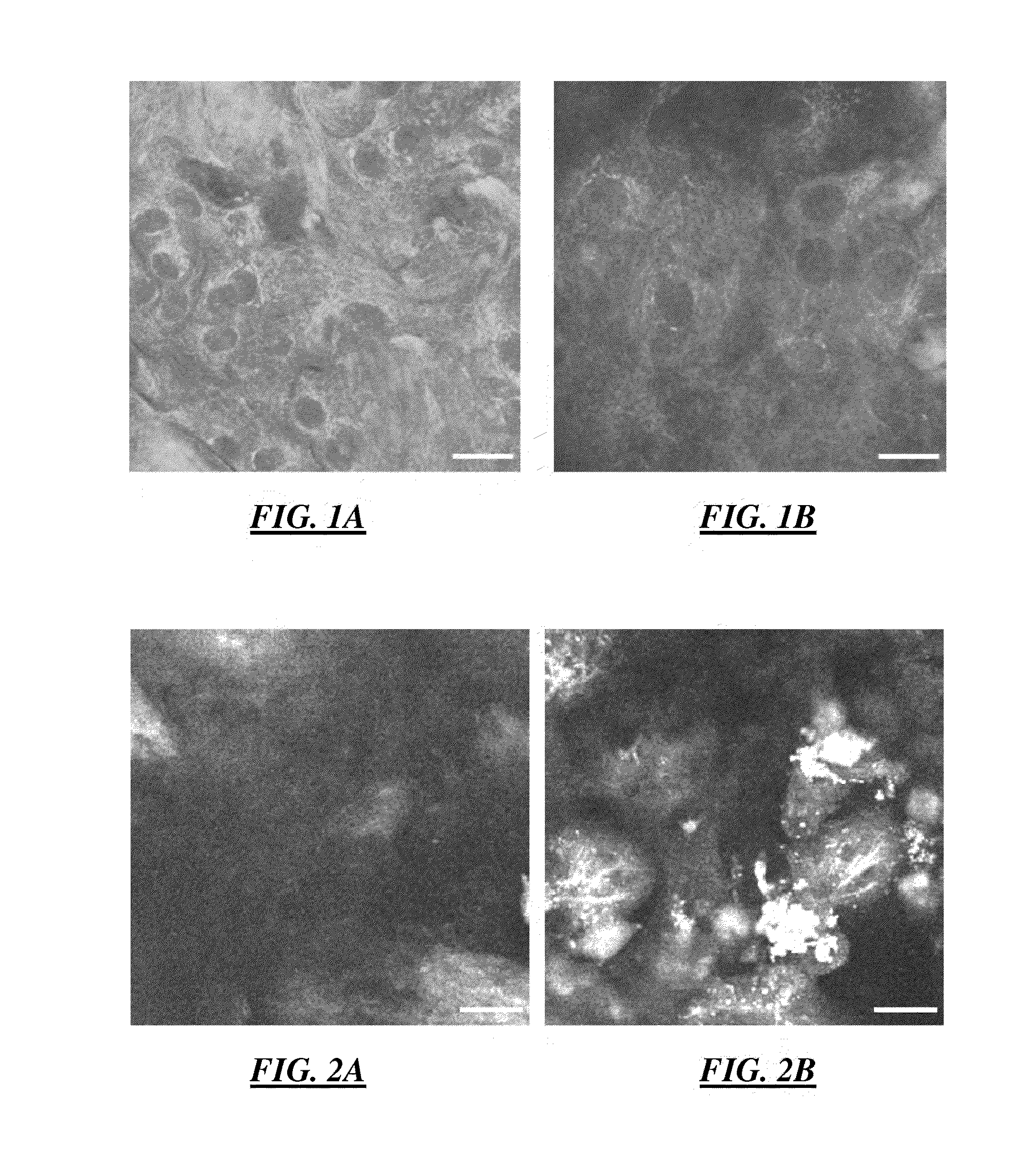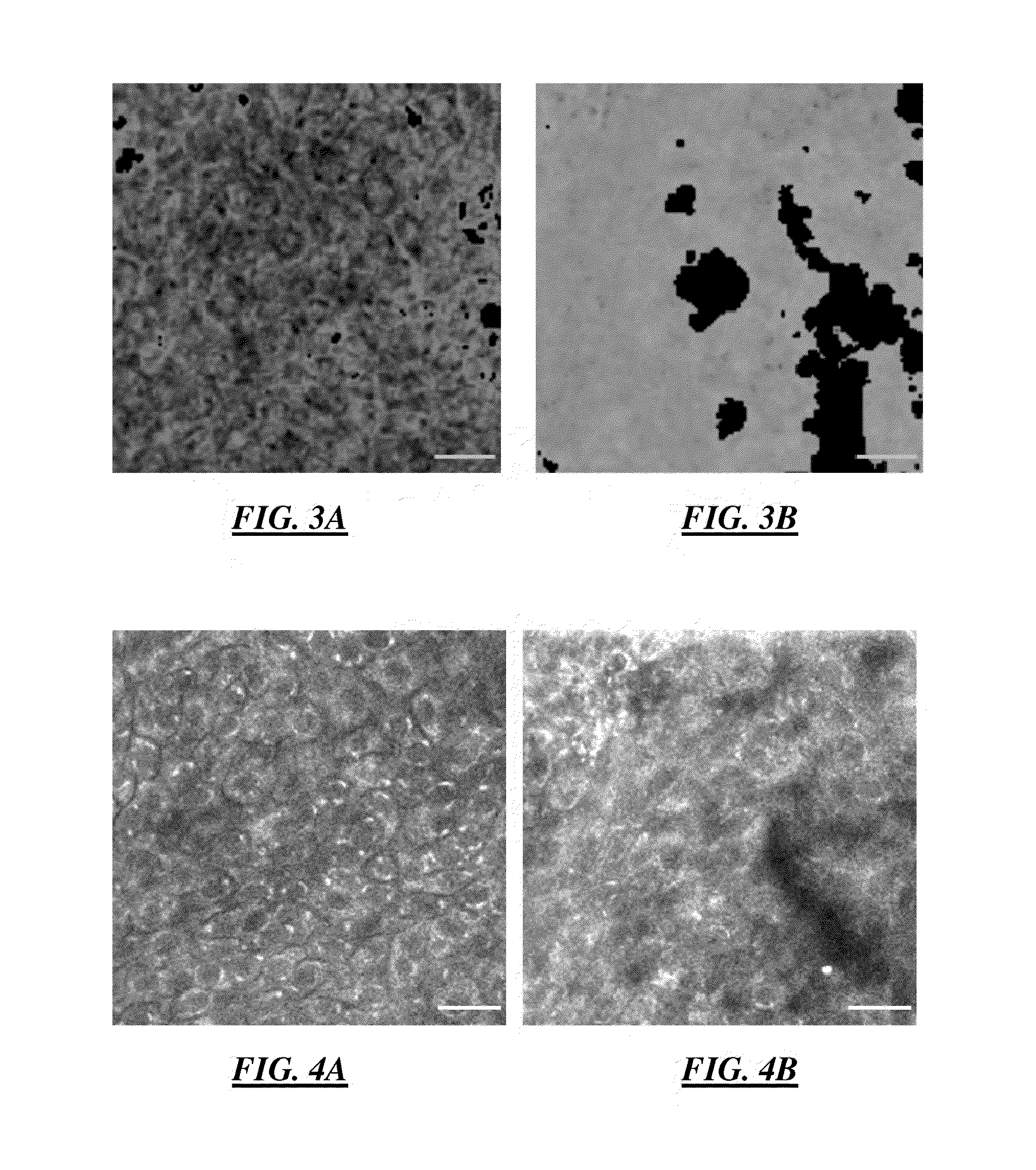Method Of Determining The Viability Of At Least One Cell
a cell and viability technology, applied in the field of determining the viability of at least one cell, can solve the problems of limited number of techniques, each with significant drawbacks, and cost effectiveness, and achieve the effect of accurate preservation of histology, cost saving and limited number of techniques
- Summary
- Abstract
- Description
- Claims
- Application Information
AI Technical Summary
Benefits of technology
Problems solved by technology
Method used
Image
Examples
examples
First Set of Examples
[0113]This first set of Examples is independent from the second set of examples set forth below.
[0114]In various embodiments, phasor plot analysis combined with error propagation analysis was developed to advance the applications of fluorescence lifetime imaging microscopy (FLIM). The developed algorithm was applied to label-free one-channel FLIM images from the living engineered tissue EVPOME to automatically indentify and segment different tissue constituents. The result was compared to two-channel fluorescence intensity images and a fast FLIM map.
[0115]In these embodiments, phasor analysis has the advantages of rapid and direct interpretation and visualization of FLIM images without prior knowledge of the samples. The algorithm was explored and extended to develop the phasor error analysis. Phasor error analysis quantitatively identifies the size and the shape of the uncertainty areas of the fluorescence lifetimes of interest on a phasor plot. The developed p...
PUM
 Login to View More
Login to View More Abstract
Description
Claims
Application Information
 Login to View More
Login to View More - R&D
- Intellectual Property
- Life Sciences
- Materials
- Tech Scout
- Unparalleled Data Quality
- Higher Quality Content
- 60% Fewer Hallucinations
Browse by: Latest US Patents, China's latest patents, Technical Efficacy Thesaurus, Application Domain, Technology Topic, Popular Technical Reports.
© 2025 PatSnap. All rights reserved.Legal|Privacy policy|Modern Slavery Act Transparency Statement|Sitemap|About US| Contact US: help@patsnap.com



